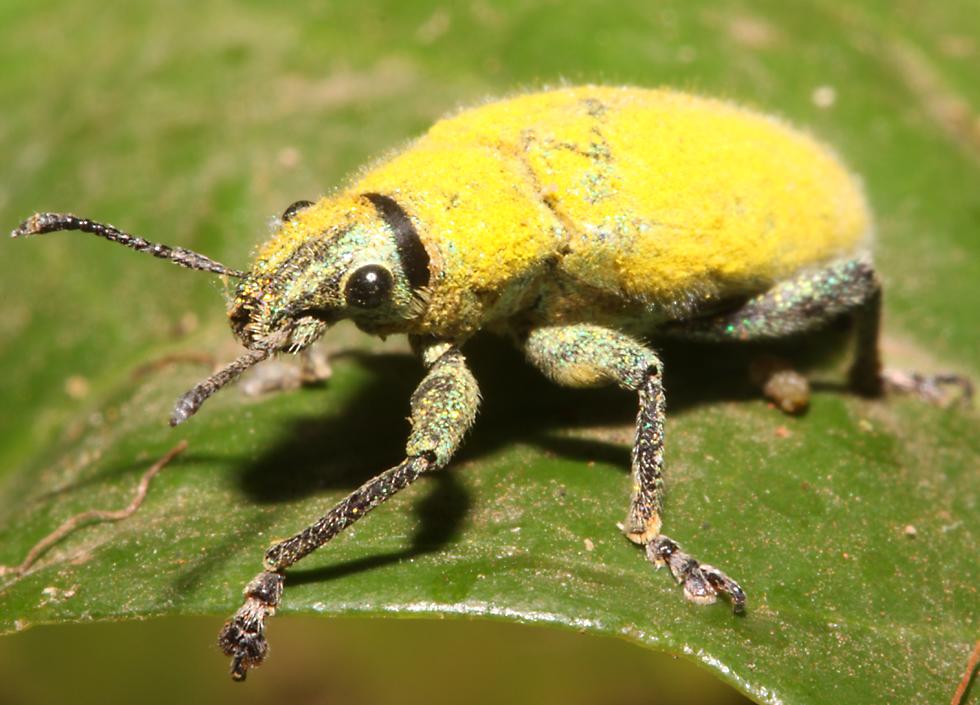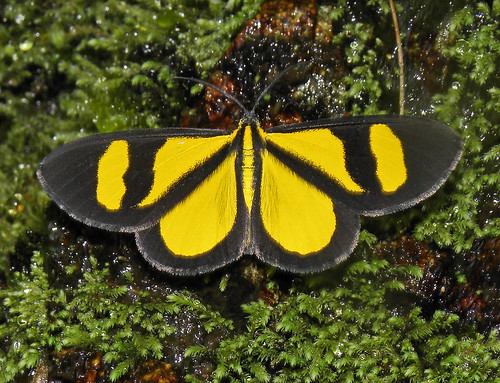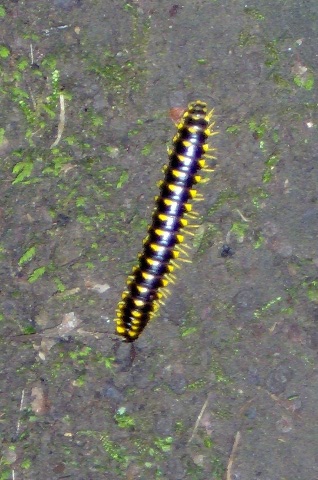I went back through my collection of bugs and using the cabinet images as my guide I created a rudimentary layout of insects and boxes for their scientific names to be added in later. I decided to choose screen printing as my printing method for this brief. Practically speaking, screen printing is a technique a feel confident with and in order to produce multiple prints using something I am already familiar with seems like the best option. I was keen to avoid lino printing and foiling, usually the results of the outcome vary drastically and although this can occur with screen printing it's easier to avoid these mistakes.
From this guide I would then trace over the various colour sections to create my black and white print layers, which I would go on to expose my screens with. The first thing I tried was to trace the imagery digitally, however vectors did not suit the detailed and organic style I had in mind to properly represent an entomology cabinet so I decided to hand trace the black and white layers in order to keep the details intact.
There were a few difficulties that came with hand drawing these layers. The first of course was accuracy, getting each stroke right with a pen first time took a lot of concentration. The second was the type, I am not good with handwriting and getting the spacing right first time for each name box I used another layer of tracing paper to write the names out in pencil making sure the spacing and the spelling was right. It also took a considerable amount of time and searching to make sure all the scientific names I had found were in fact the correct names.
After completing these layers, which I had wanted to expose my screens directly off of I found out that the size of the final print had changed, shrinking by 6 cm width and length. I could have started over and printed out a new layout, however to save time I scanned my images in using high brightness and contrast settings in order to retain as much detail as possible. I then shrunk the designs and printed them out on paper.
The scanning had affected the quality of the image, some of the thinner lines had faded rather drastically, I was concerned that they wouldn't expose properly being too dark and thin for them to translate onto the screen. So I went back over the lines, re outlining the image with a slightly thicker pen, this brought back in some of the more intricate details without compromising the overall detail of image or the exposure quality of the print.

















































